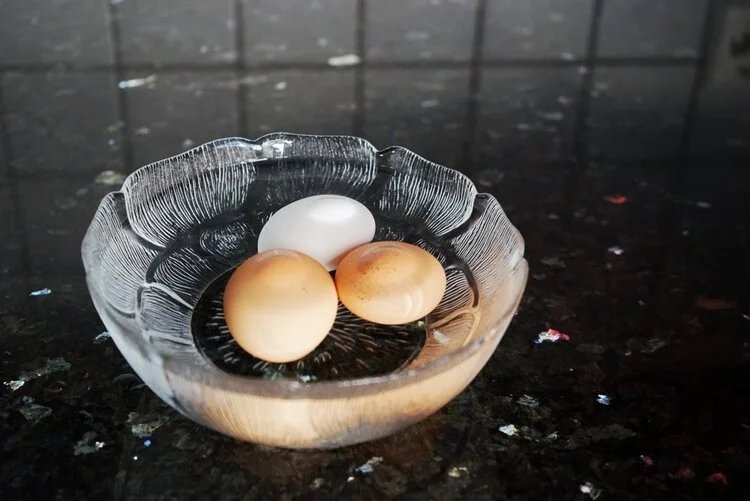Whipping Egg Whites
Whipping Egg Whites
Egg whites need time and attention in order to reach perfectly firm, fluffy peaks. Although this isn't strictly necessary for all recipes that ask you to whip your whites, it is good practice for achieving light and airy end results, and it is essential when making baked goods like meringues or macarons.
Eggs should be at room temperature, as this will help them reach full volume when they are whipped. If you have to use them right out of the fridge, let them sit in a small bowl of hot water for a few minutes first before you crack them.
Prepare your bowl by wiping it with an acid. This will remove any fat, which inhibits the whites from whipping fully, and helps form a stable foam. Pour a little clear vinegar or lemon juice into the bowl, then use a paper towel to wipe the inside and then the whisk that you'll be using.
Be very careful when separating the yolks from the whites, as even a small bit of egg yolk in the whites will inhibit their foaming ability.
If you are making a sweet meringue, follow the recipe for when to add the sugar, as adding at different times has different end effects.
Start beating the whites slowly, then increase speed once they have turned foamy and white.
Soft peaks are achieved when the mixture is glossy and forms droopy peaks.
Stiff peaks are also glossy, but hold their form.
If you can, whip them in a copper bowl.






